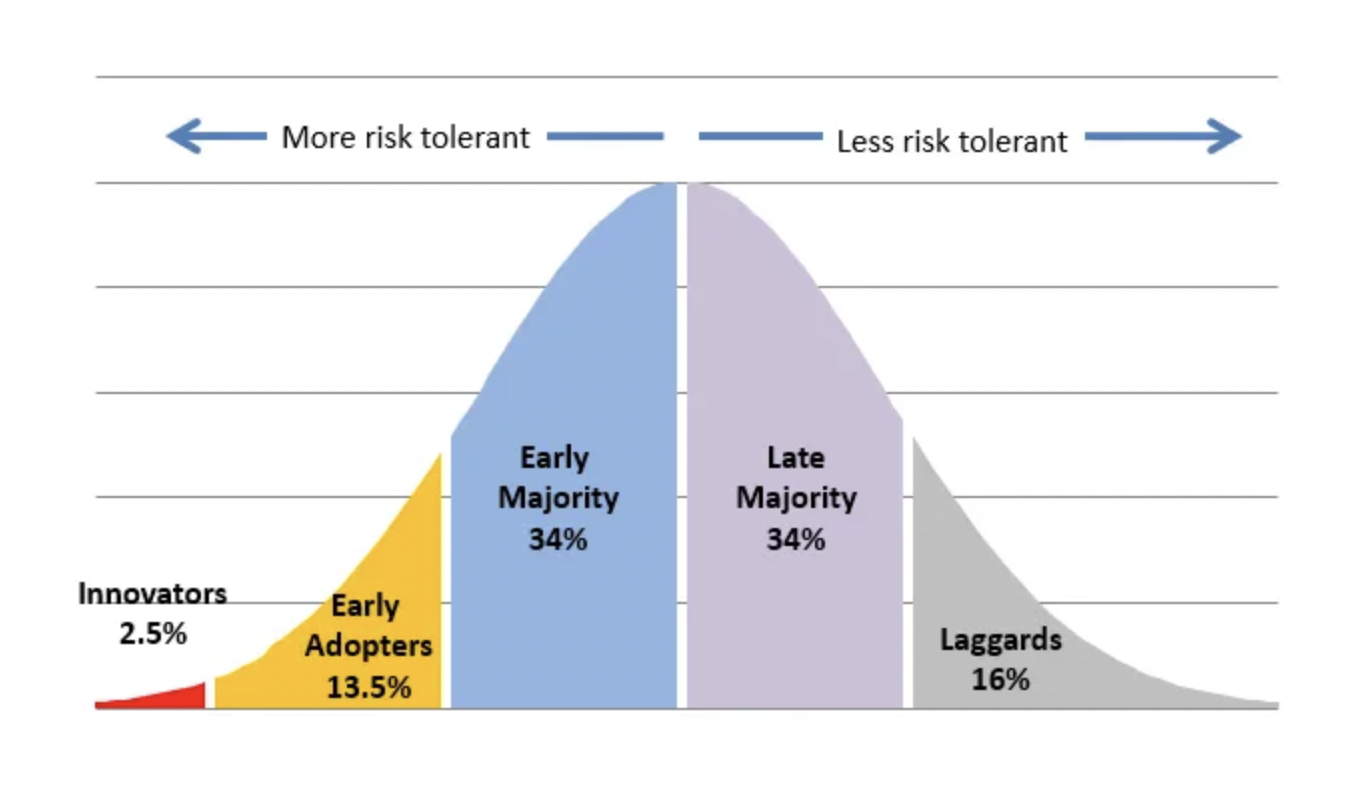The Entrepreneurial Illusion
The Entrepreneurial Prism
Determining PMF:
The Role of Early Adopters
This "quit criteria" becomes essential in the iterative process of finding PMF. It signifies a willingness to pivot, adjust, and improve the product's value proposition based on the market's response.
Denominators and 'Quit Criteria'
Startups must find a balance between perseverance and pragmatism. Persevering on something that the market doesn't want carries a significant opportunity cost. It's crucial to set objective criteria for deciding when PMF is lacking.

Successful startups understand the importance of iterating with customers. When PMF remains elusive, it's essential to iterate more deeply, potentially changing the product's fundamental aspects. PMF is about aligning the product with the market, and this may involve adjustments to features, target audience, pricing, user experience, and more.
Many failed startups fall into the trap of persisting with the same product shape, believing in the entrepreneurial illusion. Hiring sales representatives or investing in marketing doesn't solve the problem if PMF is absent. Instead, startups should assess their capital, calculate their runway, and define specific criteria for each iteration in the search for PMF.


